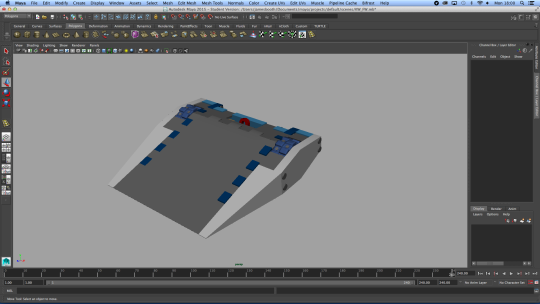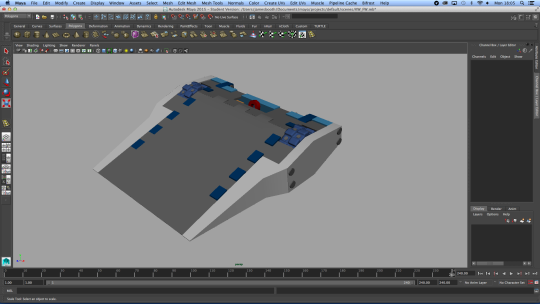Yep - I use XT60's with a wire loop. I bought a 100W iron from Maplins (they are cheap). You can get alot of heat into a small area stopping the housing from getting damaged. With XT60 I always tin both the connector and wire.
Announcement
Collapse
No announcement yet.
Team Coolspeedbot: first feather weight robot
Collapse
X
-
Also, so you can pump in more heat, you can push a male and female connector together to double your thermal mass. That way when you use the 100W Iron, you are very unlikely to melt the connector itself while you solder; as it will take roughly twice as long to heat up. Its not necessary but I find gives more to hold and gives you a bit more tolerance before you have to stop, let it cool and try again.
Comment
-
Yeah, I agree with you there Alex, I melted the first link trying to fix it.Originally posted by Eventorizon View PostAlso, so you can pump in more heat, you can push a male and female connector together to double your thermal mass. That way when you use the 100W Iron, you are very unlikely to melt the connector itself while you solder; as it will take roughly twice as long to heat up. Its not necessary but I find gives more to hold and gives you a bit more tolerance before you have to stop, let it cool and try again.
Comment
-
Great thing about the 100W irons they dump so much thermal power into the joint the rest of the connector barely gets any time to heat up before the joint is made and you can remove the soldering iron. I've done plenty of solder cup EC5s with minimal thermal distortion.
Comment
-
As far as I've seen, if you're talking Hardox, 5mm is ambitious. My bot has a 4mm scoop and that is completely rigid and feels thicker than you'd think. I think most people have 2-4mm steel or Hardox armour, otherwise it gets very heavy and quite expensive. HDPE you want about 20mm for the sides, 10-ish on top, but since you're doing a wedge you might want a bit thicker, I'm not sure.
Comment
-
Well 5mm would be the max thickness Wolf-E can use on the wedge so I'm happy to use anything between 2-4mm if it's Hardox thats cool.Originally posted by R9000 View PostAs far as I've seen, if you're talking Hardox, 5mm is ambitious. My bot has a 4mm scoop and that is completely rigid and feels thicker than you'd think. I think most people have 2-4mm steel or Hardox armour, otherwise it gets very heavy and quite expensive. HDPE you want about 20mm for the sides, 10-ish on top, but since you're doing a wedge you might want a bit thicker, I'm not sure.
Comment
-
With armour its just as much about thickness as it is the angle and how its mounted.
Shock mounting is becoming more common as spinners get even more powerful; there was a time 5mm mild was good enough in a HW, now you couldn't even use that in a FW.
You never want to present a corner for a spinner to peel away at. 90 degree corners are bad, 120 is pretty good, 135 is great. Of course all of that is relative to the shape/design of your robot.
https://66.media.tumblr.com/4f879d6a...nf23o1_540.png
The wheel covers here are great, nice chamfers and nice and thick. The sides of the wedge... not so much. If you extended the HDPE down the side of the robot to prevent spinners peeling up your top and bottom Hardox, that will reduce that issue significantly. If you consider the sides consumable and have spares then you can have a spinner chew on that edge for 3 minutes and the just replace it.
As a first design goes, its pretty good. Well iterated and it looks strong, with internal space for a weapon down the road.
Comment
-
I see, well there is no harm in having spares.Originally posted by Andy View Post2mm hardox won't hold up against spinners for long at all on a featherweight, 4mm gets bent fairly often, but 5mm would probably get bent the same way so id say a 4mm hardox wedge with a spare or two is the best way to go.
Comment




Comment